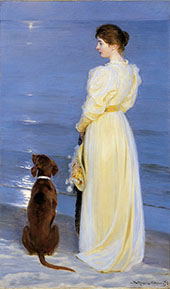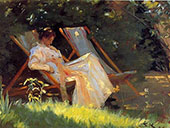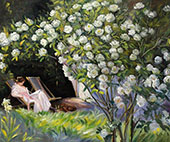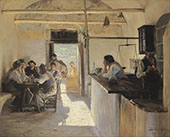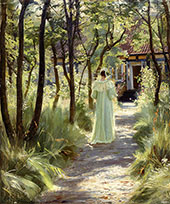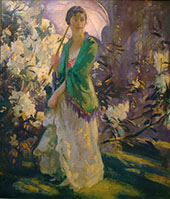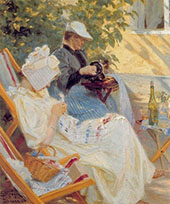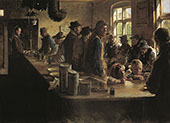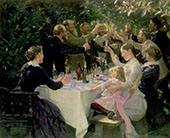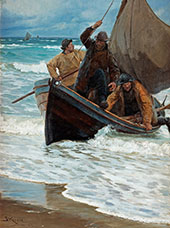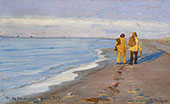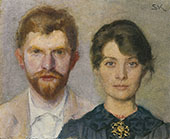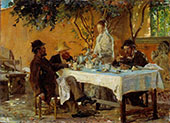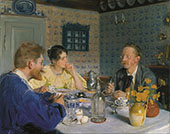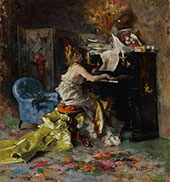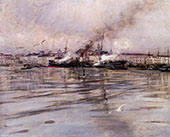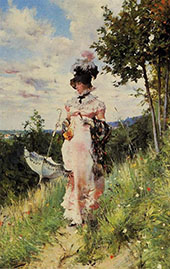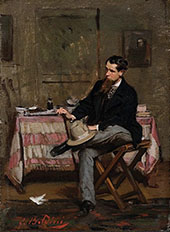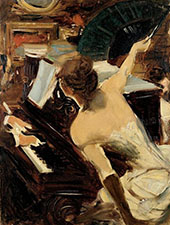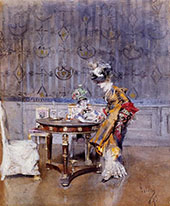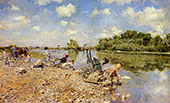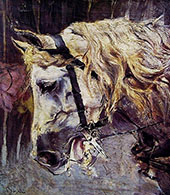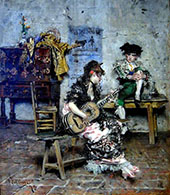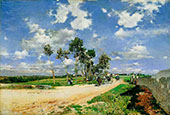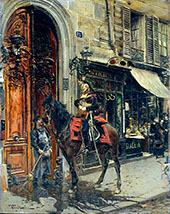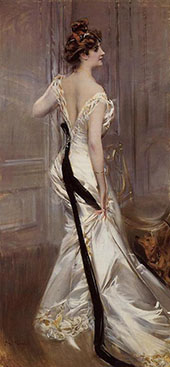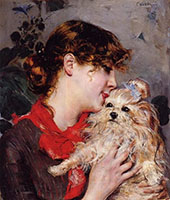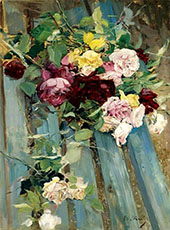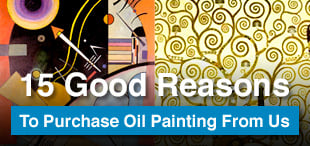European Art Oil Painting Reproductions
Find European Art oil painting replicas by European Art artists
European Art: European Paintings
European Art stretches back to the earliest paintings discovered on the walls of French caves and dates to around 13,000-11,000 BC. Paintings of horses, mammoths, and bison paved the way for centuries of artistic creation. We have been celebrating the art of painting as one of the finest examples of human intelligence and creativity ever since.
This introduction presents the significant styles of art in Europe and some of the most famous European paintings.
What is a form of European Art?
Scholars split art in Europe into many stylistic periods. Often, these styles of paintings overlap. Some took place in specific countries, such as French Impressionism or Pre-Raphaelite paintings in Britain. In contrast, others, for instance, Classical art and neoclassicism art, crossed national borders.
In brief, the primary forms of European Art are:
Art from Antiquity to Medieval Paintings
● Classical Arts: art from ancient Greek and Rome. With stunning frescos, decorative vases, and sculptures, these artworks centered around notions of proportion, harmony, and elegance. Classical art deeply inspired later artistic styles, including Renaissance oil paintings, Baroque paintings, and Neoclassical trends.
● Byzantine art: encompassing artworks from the Eastern Roman Empire. This style includes Christian Orthodox countries in Eastern Europe as well as the Islamic states of the Eastern Mediterranean. Shimmering gold icons and detailed mosaics were widespread.
● Medieval Gothic art: A style of Medieval art that originates in Northern France during the 12th century. This sophisticated artistic style soon spread throughout Europe; it included painting and church architecture, illuminated manuscripts, and sculpture.
14th Century Art to 17th Century Art
● Renaissance art: representing the flourishing of art and culture that began in fourteenth-century Italy and dominated artistic creation until the early seventeenth century. Renaissance oil paintings by famous artists, such as Leonardo da Vinci, Sandro Botticelli, Michelangelo, and the artist Raphael, worked during this period.
● Mannerism: a style of painting responding to Renaissance developments. Mannerist artists moved away from strictly classical influences and focused on more expressive artworks. They championed asymmetry and figures with beautifully long (often distorted) proportions.
● Baroque: The art of the Baroque period is exuberant and colorful and was a flourishing 17th century art movement in Europe. The Catholic Church encouraged these developments to counter the simplicity of the Protestant Reformation.
18th Century Art
● Rococo: otherwise known as the "Late Baroque," this style is incredibly ornate and theatrical. Exemplified by artists such as Jean-Honore Fragonard and Jean-Antoine Watteau, lavish outfits and scrolling curves were common.
● Neoclassical: a style harking back to Greece and Rome (particularly popular in France), championed by artists such as Jacques-Louis David, Jean Auguste Dominique Ingres, and William-Adolphe Bouguereau.
19th Century Art to 21st Century Art
● Modern Art: incorporating avant-garde developments such as Impressionism, Post-Impressionism, Symbolism, Surrealism, Fauvism, and Expressionism. An incredibly diverse category, these art movements and artists questioned preconceived ideas of artistic beauty and creation.
● Postmodern art: includes various contemporary artistic developments that experimented with new media and art forms. This style incorporates a wide variety of creativity, for instance, installation artworks, conceptual sculptures, and performance art.
What is the style of European Paintings?
With such a wide array of art movements, defining a single type of art in Europe is nearly impossible. Nonetheless, early European paintings, such as Classical, Gothic, and Renaissance art, focus on realistic depictions of nature. While this allowed a certain amount of stylistic freedom, such as Gothic art's long, flowing forms, painters carefully observed nature and depicted what they saw.
This focus continued for centuries, particularly with European landscape oil painting, producing some of the most famous paintings of the natural world. British painters of the 18th and 19th centuries, such as Constable, Turner, and Gainsborough, exemplify the continuation of a realistic approach.
Modern Art movements such as Surrealism and Expressionism changed this overarching realist approach. While these styles were still figurative (i.e., taking inspiration from the natural world, they focused primarily on the emotions and feelings of the artist.
These avant-garde movements led the way for conceptual and abstract art developments, championed by painters such as Malevich and Mondrian.
What are five famous European paintings?
1. Sandro Botticelli, The Birth of Venus c1483-85
Botticelli's The Birth of Venus is one of the most celebrated artworks of the early Italian Renaissance. Depicting the moment the Goddess Venus arrives at the seashore, it borrows from earlier gothic styles and classical themes. Today, art lovers can find Botticelli's The Birth of Venus in the Uffizi Gallery in Florence, Italy.
2. Leonardo da Vinci, The Mona Lisa c1503-06
The Mona Lisa by Leonardo Da Vinci is one of the most famous European paintings. It's also one of the most enigmatic and mysterious portraits, spawning various artistic debates. If there's one overriding mystery of the Mona Lisa painting, it is her enigmatic smile. Indeed, scholars even disagree whether she's smiling at all. The portrait has survived multiple attacks over the years, with red paint, rocks, and teacups all thrown at one of the most famous paintings in the world.
3. Rembrandt van Rijn, The Night Watch 1642
Rembrandt's The Night Watch is a true masterpiece of the Dutch Golden Age of art. The painting shows "Captain Banninck Cocq" (who commissioned the artwork in 1639) and his militia. Overall, Rembrandt's group portrait shows thirty-four individuals. It is a bravura display of artistic skill, measuring over 3.6 by 4.3 meters.
4. Vincent van Gogh, Starry Night 1889
If there's one iconic example of art in Europe, it must be the Starry Night painting by Vincent van Gogh. As well as one of the most recognizable European landscape paintings, it is a tragic yet beautiful insight into Van Gogh's troubled mind. Van Gogh painted the artwork during his stay at an asylum in Saint-Remy-de-Provence after his 1888 breakdown. Sadly, he died shortly after, on 29 July 1890, from a self-inflicted gunshot wound.
5. Gustav Klimt, The Kiss 1907
The Kiss by Gustav Klimt represents the pinnacle of his "Gold Phase." It is also a defining artwork of the Austrian Secessionist movement. This artistic style sought to represent absolute truths through metaphors and symbolic images. As a result, the painting by Klimt, The Kiss, is the highest expression of love between two people. In the painting, two figures recline against a shimmering gold backdrop, locked in an eternal embrace.
European Art: Replica Paintings for Sale
Buy oversized wall art and enjoy browsing our extensive collection of reproduction oil paintings.
Discover Renaissance oil paintings by artists like Leonardo da Vinci to Sandro Botticelli or replica paintings of the 100 most famous paintings.
Cannot Find What You Are Looking For?
Reproduction Gallery Information
Customer Service
(Send Us A Message)
Tel: (503) 937 2010
Fax: (503) 937 2011

